We all feel, instinctively, that The Self exists. However, The Self is no more than a story we tell ourselves and, in our current time of accelerating technological advancement, we should abandon the one true self, and accept that in the absence of a strongly singular “I”, there must be a weakly multiple “we”, writes Joanna Nadin.
The argument goes like this: each of us has to a greater or lesser extent that feeling of ‘me-ness’: of both existence as a separate being, and of the specific nature of that being – our ‘character’. And that me-ness is remarkably enduring, despite our ever-changing circumstances, tastes and relationships. But here’s the thing: that me-ness is not something the brain possesses, it is something the brain does; a ‘symphony’, as Bruce Hood describes it, played by the orchestra of processes in the brain.
___
Self is not a monologue, constructed by our mind in isolation, but the product of an ongoing conversation; it is dialogic, born of our interactions with significant (and less significant) others.
___
Julian Baggini calls this the ‘ego trick’; for Hood it is the ‘self illusion’, but both put forward the same idea that wholeness is effect rather than cause, as the mind quietly manages to convince us that we are unified. And it manages to do that because we are all masters of fiction, flicking through the snapshot album of memories and weaving them into a convincing narrative that helps us pretend we are one coherent person. It is this narrative that creates the feeling of unity, a feeling so compelling that we can’t help but perceive ourselves as solid objects, unchangeable as a brick or a bicycle, when in fact we are fluid and, crucially, malleable. Because this narrative isn’t an unchangeable text, but can be revised and rewritten, moulded like Play-Doh or Plasticine to absorb inconsistences and maintain coherence.
‘Crikey,’ you might say. But wait, there’s more! We don’t even write this fiction all by ourselves.
Self is not a monologue, constructed by our mind in isolation, but the product of an ongoing conversation; it is dialogic, born of our interactions with significant (and less significant) others.
___
We’re not driven exclusively from the inside out, as we vainly like to think of ourselves.
___









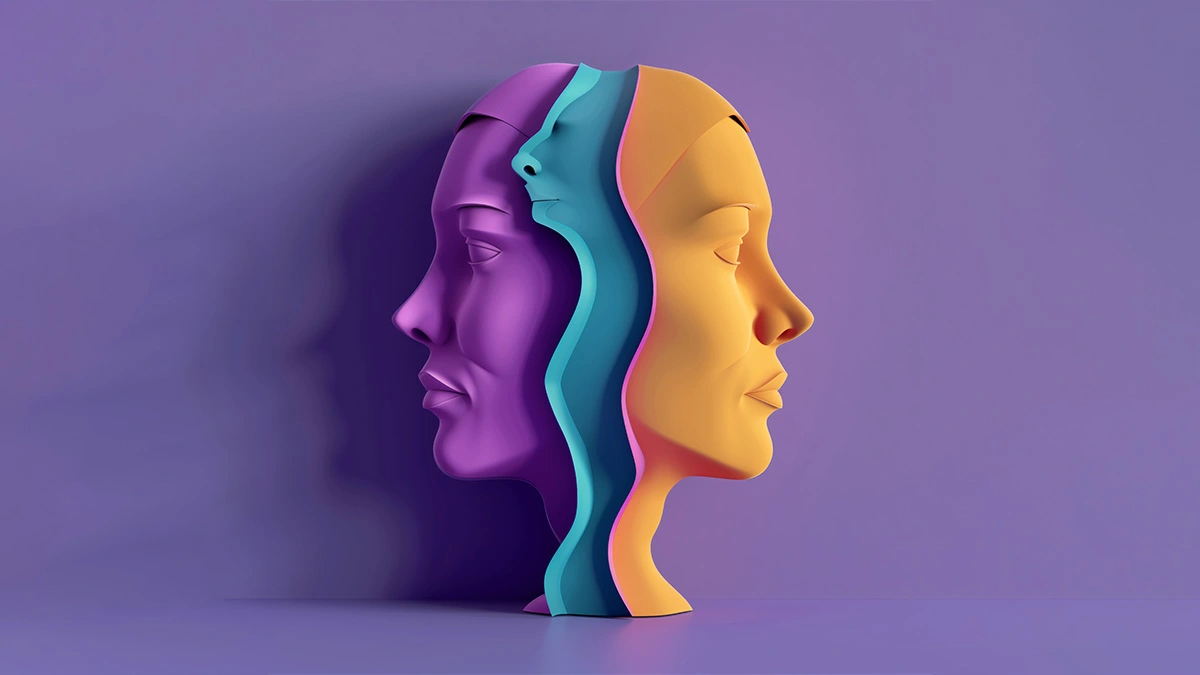



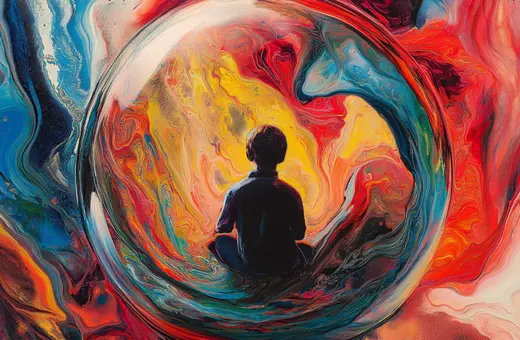


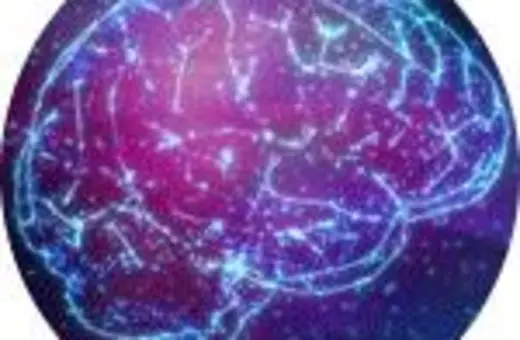

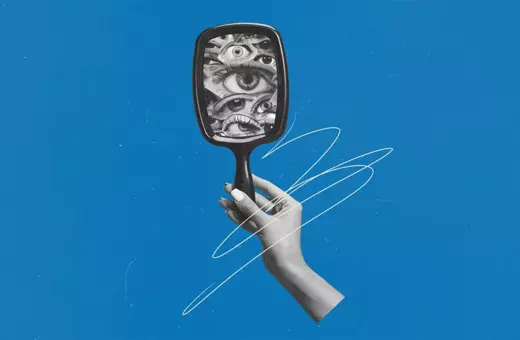
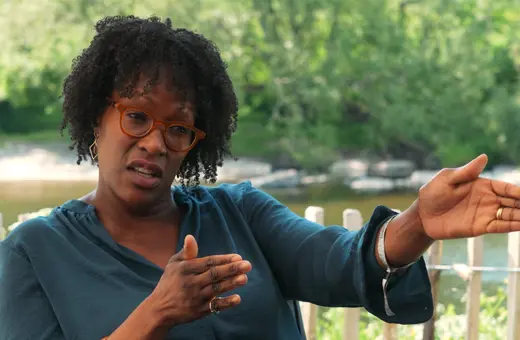
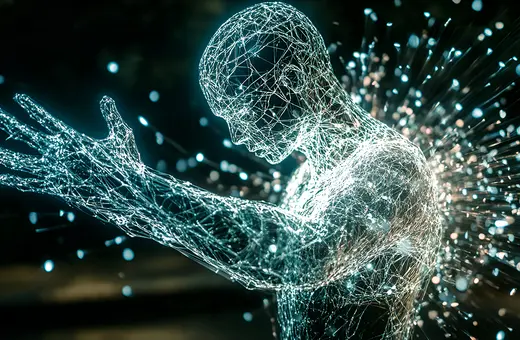
Join the conversation